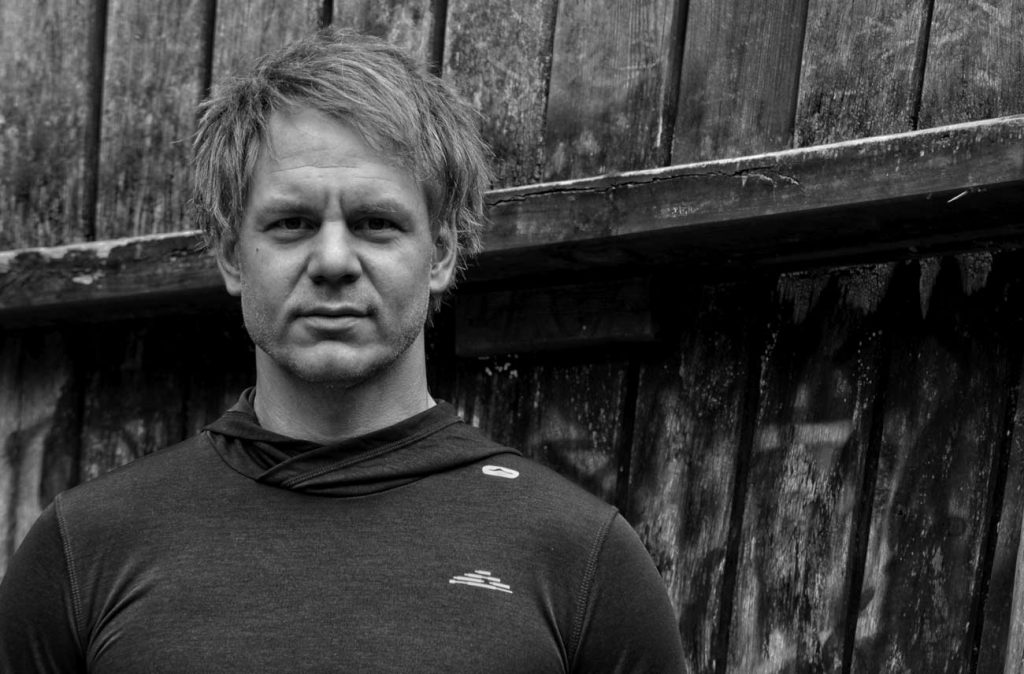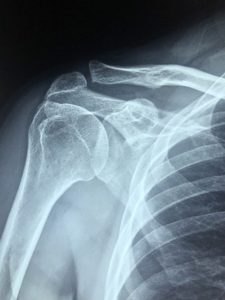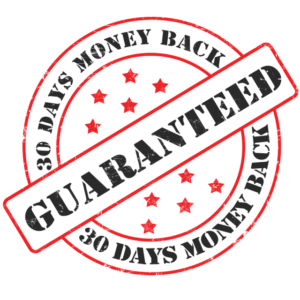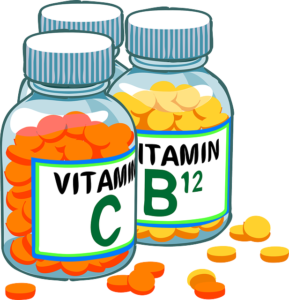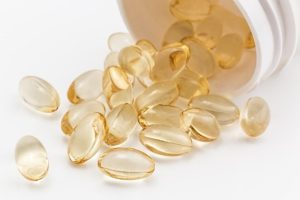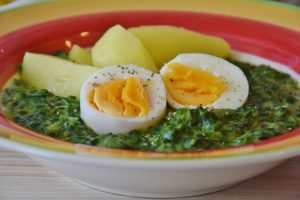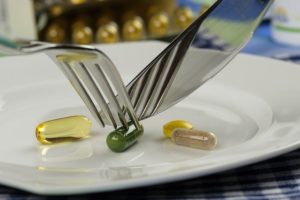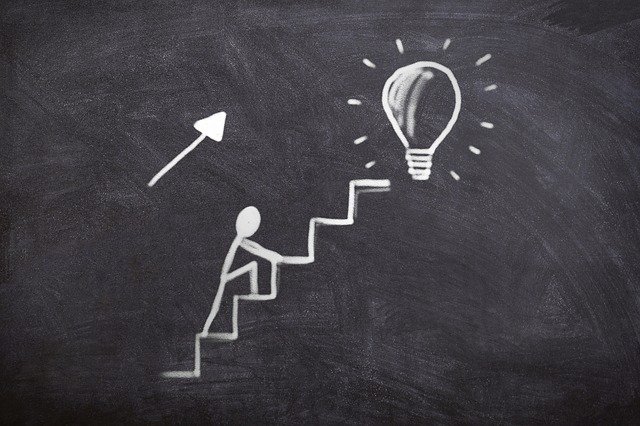The pain relieving expert takes notice: “Ears on and listen up – this goes out to everyone who has problems with an inflamed elbow aka bursitis” That “damn” swollen elbow that makes everyday life so unpleasant. Are you ready? Let’s get started. Shall we…?
Yes, I know there is a bursa not only in the elbow, but also in the shoulder, hip/groin and knee and heel. Normally, the small bursae protect the body from overuse in places that are subject to a lot of strain. However, if these bursae become inflamed due to too much pressure and friction, even small strains can cause significant pain. Anyone who has ever had this problem can confirm that painkillers and anti-inflammatory drugs then only help to a limited extent. Why?
They do not eliminate the cause. Basically, what mechanism has the body come up with when inflammation has taken place around a joint? To put it very simply, inflammation is a repair process that has not yet been completed. The body’s method of stabilising this area is as follows: Water retention in that area. Why?
To further cushion and protect the structure, like an airbag. At the same time, the temperature in the glenec is increased. Why? To kill bacteria and germs by “cooking” them and to slow down their spread. The unpleasant sensation in the affected area is therefore, among other things, “only” the effect of a loving support of the body to “clear” the situation.
Most bursitis is caused by overuse, but occasionally it is caused by germs and pathogens. The general medical profession then speaks of “septic bursitis”. Healthy bursae are, as already mentioned, like small buffers or cushions. They protect parts of the body that are frequently subjected to external pressure or internal friction. If the tensile and compressive forces (within the joint) rise above their load limit, the bursae are damaged.
How can an overload occur in the first place? Any ideas? If certain movements are performed too often at work and during sports, or if you permanently build up too much pressure in a certain posture, the bursae become inflamed. Yes, but how can an overload occur if the person actually “only” sits at the PC and works at the keyboard and the computer mouse?
The same applies here as with almost all bursitis, whether during sport or at the desk. The joint only moves within a certain range of motion. Exactly the range that is most ergonomic for the situation.
Instead: Standing at the PC and trying to write the needed text from 1 meter away is not effective. Sitting directly in front of the keyboard with the arms bent or resting on the desk is much more effective. These small movements add up to a strain over time….
Do the math… Let’s say 5 days a week for 7 hours, 50 weeks a year for 20 years. Angles of movement that would basically be technically possible and for which the joint was actually “invented” in its entire functionality – are not used at all. As a rule, 5-8% of the 100% possible range of motion is used daily. Always the same movement, day in, day out.
What would be a suitable approach? To take up the angles that have been criminally neglected. This can be achieved with just 3 minutes a day. In the beginning, better 2 times a day. ![]() All right, some may say – and that is supposed to help? How?
All right, some may say – and that is supposed to help? How?
Well, quite simply, when the tension conditions in the joint return to normal, the body can then begin to repair itself again. The swelling decreases, the pain is reduced. Can it be that simple?
The reader might now come to the conclusion, yes… but what exactly and for how long and at all…. That’s a story for next time.
For those who can’t wait that long, I hope you know how to contact me… you do, don’t you?
Until then.
Stay strong.
Matti


